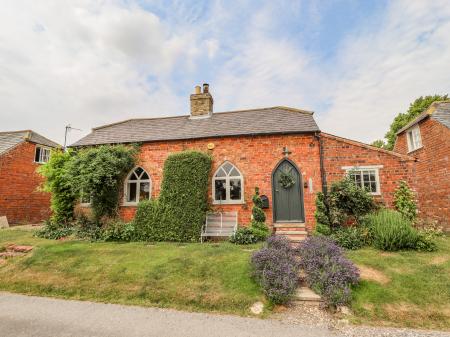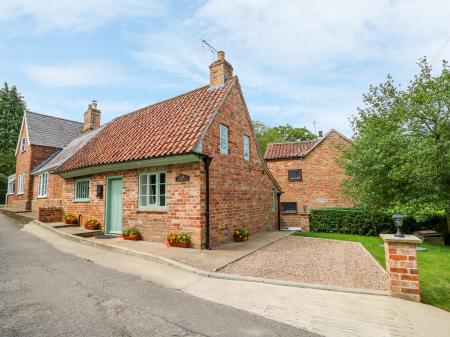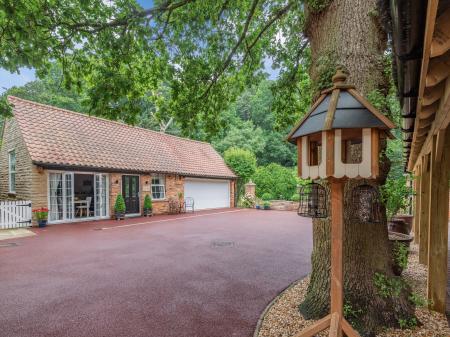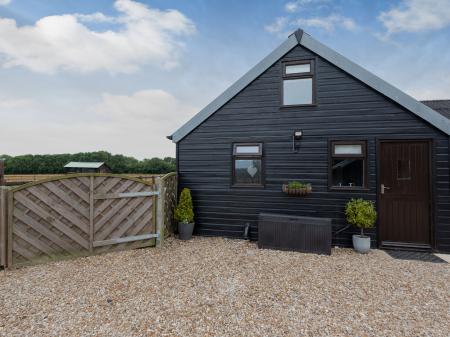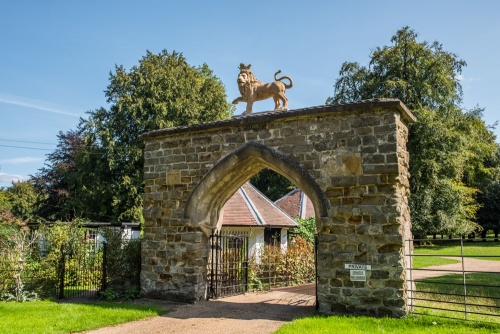
This was ceremonial right, which entitled the holder to ride armed into Westminster Hall during a coronation and challenge anyone to contest the monarch's right to the throne. Scrivelsby Court no longer stands, but the Liongate that once led to the hall still stands.
Scrivelsby Court was the home of the Dymoke family, traditional holders of the title of King's (or Queen's) Champion. This was ceremonial right, which entitled the holder to ride armed into Westminster Hall during a coronation and challenge anyone to contest the monarch's right to the throne.
The challenge was repeated 3 times, and if no one took up the challenge - and it would take a very foolish man to do so - the king would drink wine from a gold cup, hand the cup to the Champion, who would finish the wine and shout 'Long live your Majesties!'. The ceremony continued to be held for every coronation ceremony until that of George IV in 1821.
The concept was common in Normandy, and Henry I decided that he wanted to reestablish the office of Champion in England, so he bestowed it upon the Marmion family. when the male line of the Marmion family died out the office passed by marriage to the Ludlow and then to the Dymoke family.
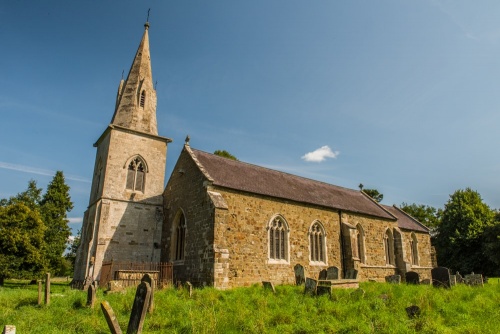
Scrivelsby Court was lost to fire in 1761, but the 15th-century gatehouse still stands, and beside it is the restored Lion Gateway, built around 1530. Beyond the gateway is the Scrivelsby country estate, still owned by the Dymoke family, with parkland designed by Humphry Repton.
Memorials to generations of the Dymoke family can be found in the church and graveyard of St Benedict's church. The church is primarily Early English, with Victorian restoration work. The church is just one of 18 churches in England dedicated to the 6th-century saint and is built mainly of local greenstone.
In 1860 Sir Henry Dymoke restored the medieval building and added a partially detached west tower. Look for the tomb of Sir Philip Marmion (d. 1290), who fought at the Battle of Evesham. In the chancel is a brass to Sir Robert Dymoke (d.1545).
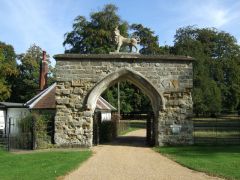
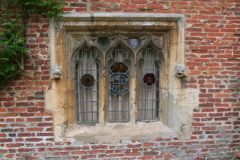
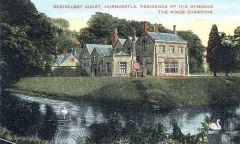
 We've 'tagged' this attraction information to help you find related historic attractions and learn more about major time periods mentioned.
We've 'tagged' this attraction information to help you find related historic attractions and learn more about major time periods mentioned.
